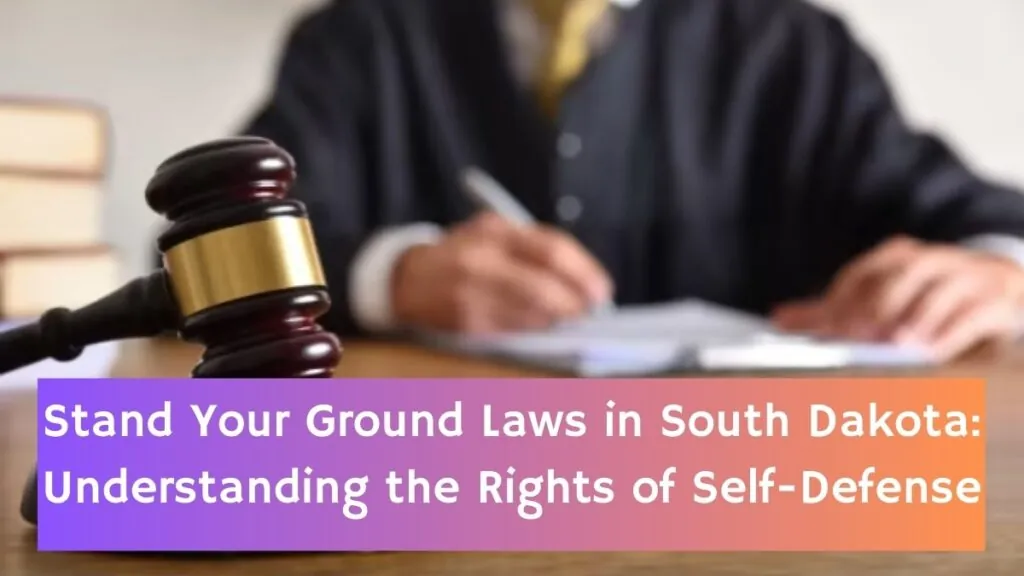The Castle Doctrine
This Article Includes
South Dakota upholds the Castle Doctrine, allowing individuals to use force for protection. This legal principle reinforces the idea that a person’s home should be a safe and secure place. You have the right to use deadly force to defend yourself, your home, and your property from intruders.
No Duty to Retreat
South Dakota’s “stand your ground” provision means you are not required to retreat before using force if you believe it is necessary to protect yourself or others. The law also allows the use of force, including deadly force, in self-defense situations outside the home. However, your belief in the necessity of such force must be reasonable in the eyes of a jury.
Reasonable Force Standard
Self-defense laws in South Dakota follow the reasonable force standard, meaning you should use only the necessary amount of force to protect yourself or others. Using excessive force may not be legally justified.
Imminent Threat Requirement
For self-defense to be legally valid, there must be an imminent threat. This means you must reasonably believe there is an immediate danger of harm and that using force is necessary to prevent it. Acting in self-defense after the threat has passed may not be considered lawful.
Exercising Self-Defense Responsibly
Understanding South Dakota’s self-defense laws is essential for individuals looking to protect themselves and their loved ones. Following these legal principles ensures that you exercise your self-defense rights within the state’s legal framework.
Praise, Criticism, and the Bigger Picture
Supporters see Stand Your Ground as a deterrent to crime. “Criminals think twice when they know people can defend themselves,” Jensen said during debates. Noem echoed that, tying it to South Dakota’s rural ethos of self-reliance. With over 30 states boasting similar laws, South Dakota’s version stands out for its broad immunity provisions.
But opponents aren’t sold. Democratic lawmakers and advocacy groups worry it muddies prosecutions and escalates minor disputes into deadly ones. “This isn’t about safety—it’s about giving a green light to vigilantes,” one critic told the Argus Leader. Data from the Giffords Law Center suggests Stand Your Ground states see more gun deaths, though South Dakota-specific stats are harder to pin down.
What’s Next?
As of March 22, 2025, South Dakota’s Stand Your Ground law remains a lightning rod. It’s a legal shield for some, a risk for others. Courts will keep wrestling with its limits, like in the Smith case, while lawmakers may tweak it further. For now, it’s a cornerstone of the state’s identity—one that’s as divisive as it is defining.
Sources:
[1] https://www.ankerlawgroup.com/blog/stand-your-ground-hearings-in-cases-where-south-dakotans-claim-self-defense/
[2] https://www.kinney-law.com/blog/2024/02/understanding-the-basics-of-self-defense-laws-in-south-dakota/
[3] https://en.wikipedia.org/wiki/Stand-your-ground_law
[4] https://giffords.org/lawcenter/state-laws/stand-your-ground-in-south-dakota/
[5] https://sdlegislature.gov/Statutes/22-18-4
[6] https://sdlegislature.gov/Statutes/22-18
[7] https://www.youtube.com/watch?v=nGomxmfQ9PE
